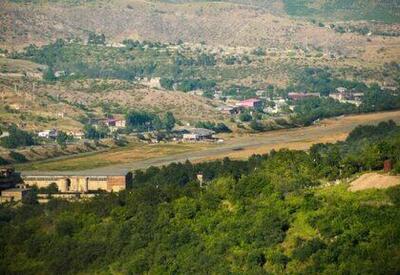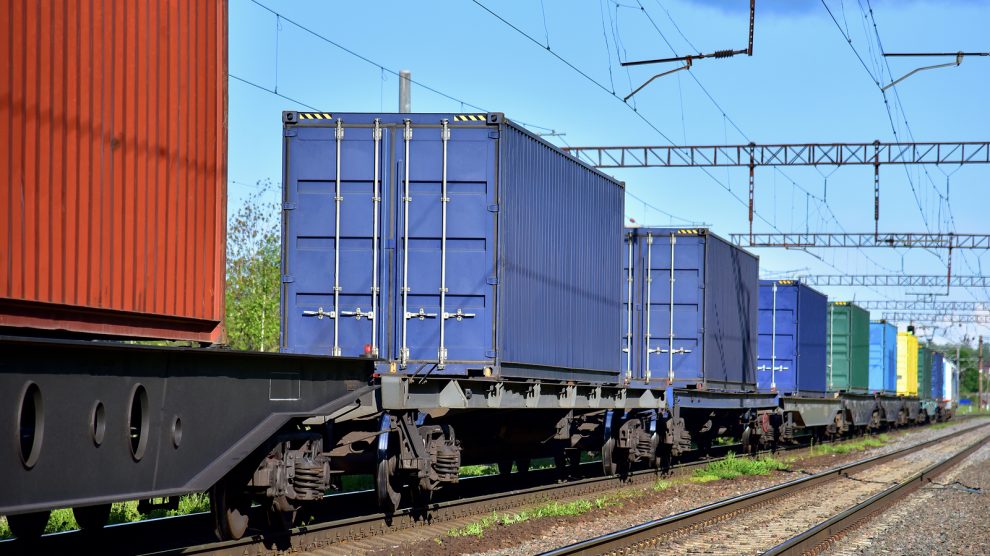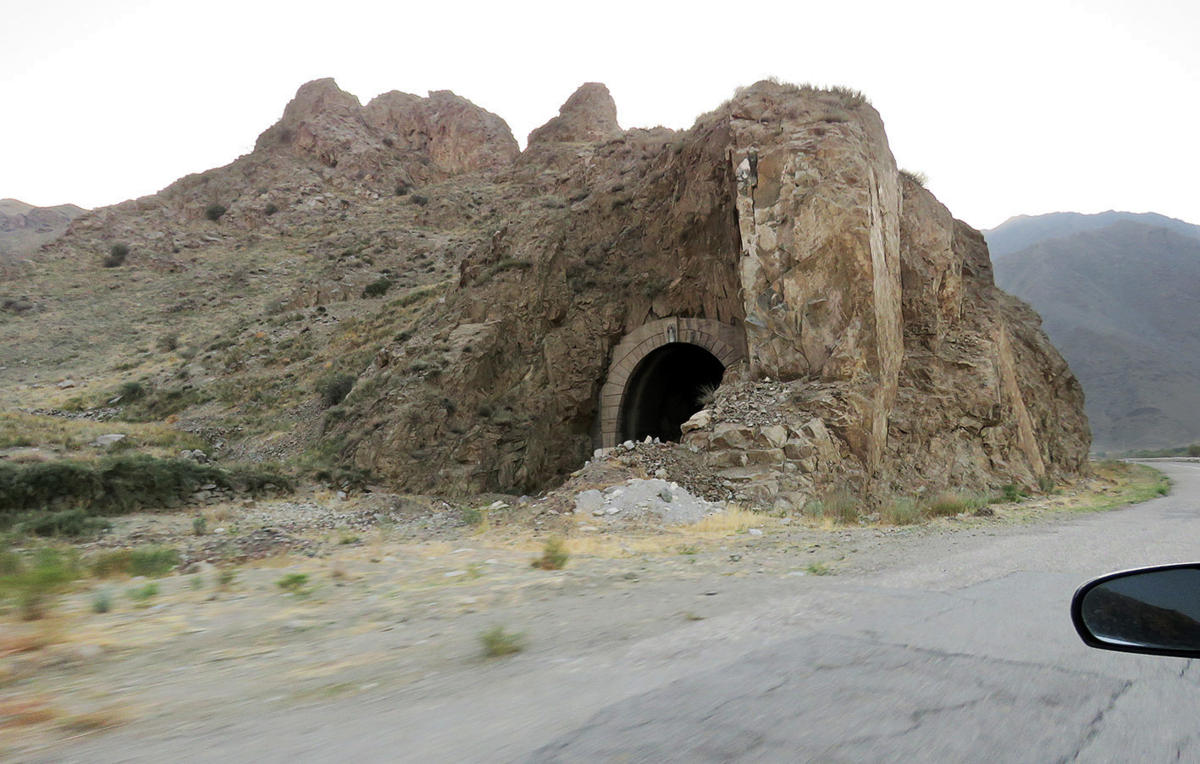
The Armenian online news website News.am has criticized the article by the head of the foreign policy department of the Azerbaijani presidential administration Hikmet Hajiyev "The case for cooperation and peace between Armenia and Azerbaijan," published in The Washington Times. The Armenian journalist mainly worries about the following message of the Azerbaijani presidential assistant: "The reopening of the Zangazur Corridor — a rail and road linking Azerbaijan to Armenia — will open an economic opportunity for both our countries and the wider region." The author of the article emphasizes that the trilateral document on Karabakh talks about the opening of communications in the region, but not about the corridor, which, in his opinion, is a distortion of the provisions of the statement. Moreover, the News.am article casts doubt on the assertion that the opening of the Zangazur Corridor is in the interests of the Armenian side.

Let's first deal with the terminology. The Statement of President of the Republic of Azerbaijan, Prime Minister of the Republic of Armenia and President of the Russian Federation dated November 10, published on the official website of the Kremlin, in clause 9 says the following:
All economic and transport connections in the region shall be unblocked. The Republic of Armenia shall guarantee the security of transport connections between the western regions of the Republic of Azerbaijan and the Nakhchivan Autonomous Republic in order to arrange unobstructed movement of persons, vehicles and cargo in both directions. The Border Guard Service of the Russian Federal Security Service shall be responsible for overseeing the transport connections.
However, what is the transport corridor that alarmed the Armenians so much looks like? Simply said, this is a transport infrastructure system, sometimes concentrating several types of communications, connecting two or more geographic locations, for the most convenient, fast and commercially viable freight and passenger traffic between them. In fact, it is one, or the union of several transport arteries.
The Zangazur Corridor is planned in the format of rail and road communications. Since the opening of transport communications with Nakhchivan through the territory of Armenia is not limited to their specific number in the trilateral statement, the opposition of “communications” to “corridor” is completely incorrect.
International transport corridors passing through Azerbaijan such as the Trans-Caspian International Transport Route, the North-South Transport Corridor and Baku-Tbilisi-Kars are already operating large-scale trans-regional projects that bring real economic and political dividends, promising the country incomes comparable to profits in the future from the export of hydrocarbons. In particular, since the beginning of operation, the freight traffic on the Baku-Tbilisi-Kars railway amounted to 1.007 million tons, which were transported in 19,646 containers in 16,279 wagons.
Of these, 393,000 tons, or 6,814 wagons, 8,377 containers accounted for export cargo, 614,000 tons, or 9,465 wagons, 11,269 containers accounted for import cargo, Minister of Transport and Infrastructure of Turkey Adil Karaismayiloglu said in April this year. He noted that thanks to the Baku-Tbilisi-Kars railway, the delivery time of cargo transportation between China and Turkey was reduced from a month to 12 days, and the integration of the Marmaray tunnel under the Bosphorus to this railway made it possible to ensure the transportation of goods between Western Europe and Southeast Asia for 18 days.
Similarly, the potential of the North-South project makes it possible to shorten the delivery time of goods from India to Russia, as well as to Northern and Western Europe (the delivery time on the current route is more than 6 weeks, through the North-South route, this figure is expected to be 3 weeks).
In the international arena, such projects are highly rated in terms of diversification, shortening delivery time and ensuring the safety of international transport.

Today, Baku offers comparable prospects for Armenia as well.
At the end of last year, Azerbaijani President Ilham Aliyev said that Armenia can also join the corridor that will connect Azerbaijan, Turkey, Russia and Iran.
Now we will try to sort out the doubts of the Armenian side about the expediency of opening such a transport corridor for them.
Today, as part of the trilateral Azerbaijani-Armenian-Russian working group, substantive talks are underway on the issues of opening communications in the region.

It is obvious that the Zangazur Corridor will put an end to the isolation of the Azerbaijani exclave in Nakhchivan, and thus Azerbaijan will receive direct, including railroad communication with Turkey. This won’t only put an end to the economic blockade of the Nakhchivan Autonomous Republic, but will also open up new prospects, in particular, in the development of interaction between Azerbaijan and Turkey. Compared to the Baku-Tbilisi-Kars railway, which connects Azerbaijan with Turkey through Georgia, the road in the new corridor will be about 340 km shorter. As this corridor will shorten transportation distances and lower transportation costs, bilateral trade between Azerbaijan and Turkey will increase.
As for Armenia, the opening of transport links with Azerbaijan, in particular through the Zangazur Corridor, offers it no less beneficial opportunities than other parties in the region.

Being practically in a transport blockade, Armenia can use this transport system for access to regional transport projects and, more importantly, getting a land connection with the market of the Eurasian Economic Union (EAEU), the absence of which has been one of the main economic obstacles for Armenia in recent years.
This is confirmed by the findings of numerous studies of international financial organizations. For example, one of the studies of the World Bank points to the prospects for Armenia's multimillion-dollar profits as a result of unblocking transport communications in the South Caucasus.
Opening of the Zangazur Corridor is also important from the point of view of interaction between Armenia and Iran. The planned construction of a railway between Armenia and Iran through Meghri has been frozen due to the high cost. Now the new corridor gives Armenia an excellent chance to solve the problems associated with the transportation of goods to Iran.
At the same time, the opening of the Zangazur Corridor, according to the trilateral agreement, doesn’t exclude the resumption of railway communication through Ijevan, since unblocking all communications is the case.
According to Vusal Gasimli, executive director of the Center for Analysis of Economic Reforms and Communications (CAERC) of Azerbaijan, Armenia, using the opportunities of Azerbaijan, can establish transport links with Russia, which accounts for 25-30% of its trade turnover, in two directions - Gyumri-Nakhchivan-Meghri-Baku and Ijevan-Gazakh-Baku.

Azerbaijan has already started building a railway in the liberated territories from Horadiz to the border with Armenia. Most of the Nakhchivan railway is operational, the missing part will be built, the builders have received the necessary task, there are no problems with financing. On the Turkish section, the Nakhchivan-Kars and Kars-Aralik-Dilucu projects have been completed.
Thus, Armenia, without significant investments, and perhaps even without costs, will receive the longed-for breakthrough of the transport blockade and get rid of communication with the main economic partner Russia through the border point of Georgia's Upper Lars, which remains closed for months due to bad weather.

Meanwhile, if not to politicize the issue, as many people in Armenia do, the railway communication with Nakhchivan through Meghri (Zangazur Corridor) was more preferable in the last century than all other routes passing through Armenia. Other railway lines ran from Soviet Armenia: the first - through Ayrum to Tbilisi and further through Sukhumi, the second - from Ijevan to Gazakh and further to the Caspian coast. But both on the one and on the other route, it was possible to launch trains with a maximum of 1,900 tons, while through Nakhchivan - up to 4,500 tons. This is related to the convenient capacities of this road, railway veteran Levon Hakobyan told Sputnik Armenia. “Therefore, in Soviet times, all the main cargoes - grain, metals, oil products - were transported to Armenia like this,” he notes. According to Hakobyan, the restoration of the destroyed and neglected infrastructure is not technically difficult, and it won’t take much time, and in return Armenia will have the opportunity to comfortable and cheap delivery of its goods to Russia and Iran.
Thus, we can state that the term “Zangazur Corridor”, nominally absent in the text of the trilateral statement on Karabakh, is, in fact, provided for in a document signed, among other things, by the head of the country's government.
It is also obvious that the Zangazur Corridor is the most preferred option available for lifting the transport blockade and obtaining a comfortable and economically profitable communication with Russia and Iran.




















